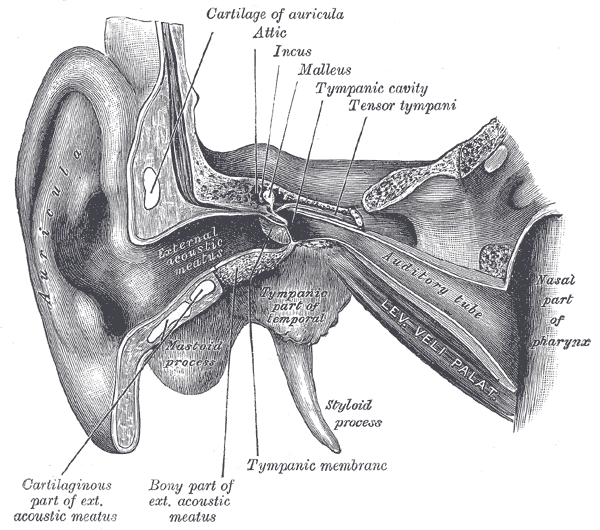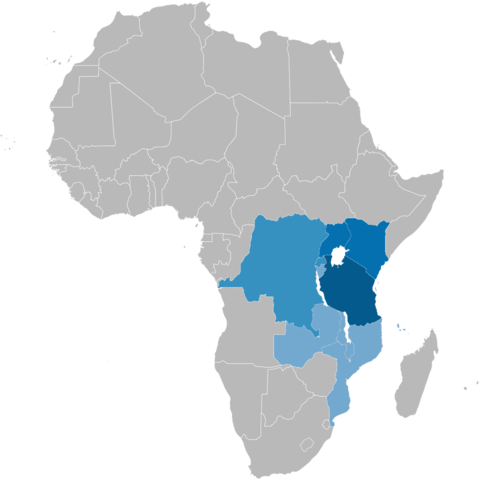We just learned about the Tire Valve Stem.
Another part of a tire is the Tire Code.
If you look on the side of a car tire, you will see some letters and numbers printed on it.
These are there to help tell you what kind of tire you have, and also helpful things like how much air you should put into it.
Most tires use something called the "ISO Metric tire code" which has rules for what letters and numbers go in what order.
This code has these rules:
Use: One letter to tell how the tire will be used, like "P" for Passenger car, or T for a Temporary spare tire.
Width: Numbers for the width of the tire in millimiters.
/ in between the numbers
Height: Numbers for how tall the rubber part of the tire is. This is also called aspect ratio or profile.
Type of tire: One letter tells the type of tire, like R for a radial tire.
Rim width: The diameter of the metal rim that the tire is wrapped around.
Load: A code that tells how much weight the tire can take.
Speed ratimg: A code that tells how fast a tire can go.
So if a tire code says: P215/65R15 95H
That means it is a Passenger car, 215 milimeters wide, 65 millimeters profile height, Radial tire, 15 inch rims.
If you look up the 95H code, that means it can handle 1,520 pounds and go 130 miles per hour.

(from: wikipedia - tire code)
Kid Facts - Blast from the past: Smokebox










